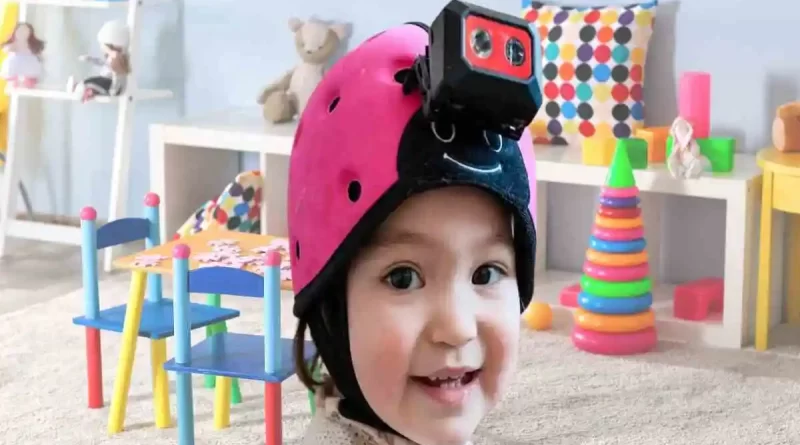Learning Baby Responses can Revolutionize AI models
Human babies demonstrate an extraordinary capacity for learning that surpasses even the most sophisticated large-language AI models. While the artificial writing tools require extensive training on massive datasets containing millions, or even a trillion words, to achieve a modest proficiency in English, toddlers effortlessly acquire advanced communication skills by the age of three with access to only a fraction of that voluminous data.
Endeavour towards creating better AI models
To delve further into this, researchers started something very interesting in New York, which was to ascertain whether artificial intelligence can learn things in the same way as normal babies can. This study is very fascinating for the present time, when the talk of artificial intelligence is at its peak and its importance has grown by leaps and bounds.
The work was published in Science Today, which was very comprehensive, providing vital insights as to how the babies employ the learning techniques in their way and which can be used to formulate the AI models. In the words of Brenden Lake, a Computational Cognitive scientist at the aforesaid university, “There’s enough data even in this blip of the child’s experience that it can do genuine word learning.”
This study threw light on the possible potential of AI models or software to learn things like that of an infant when it is exposed to similar data of minuscule knowledge that the human infant gets in comparison to the AI. The data that we are talking about mostly comprises the sounds and visuals that the infant is exposed to in the growing phase of language development.
The experiment on Baby Sam
The investigation leveraged an intriguing dataset—a total of 61 hours of video footage captured by a helmet camera worn by a child named Sam, residing near Adelaide, Australia. Sam’s journey, documented from six months to just over two years of age, offered a unique glimpse into his daily experiences, encompassing interactions with pets, parents, crib, toys, household items, meals, and more. Sam’s waking hours comprised around 1% of the recorded film, making it a unique and rich dataset for research towards the creation of AI models.
The training process for the AI model involved pairing 600,000 video frames with corresponding phrases spoken by Sam’s parents or other individuals present in the room during the captured moments. This compilation amounted to a total of 37,500 “utterances.” The objective was clear: to teach the AI model to associate words with the objects depicted in the video frames, guided by cues indicating potential associations or disassociations between words and objects.
Despite the seemingly straightforward nature of matching words to objects, the complexity lies in the multitude of potential meanings each word can encompass. Consider the example of a toddler in a family’s living room—filled with typical furniture but also scattered with toys, crayons, snacks, and laundry. When a toddler hears the word “ball,” it could refer to an actual ball or any other toy, the couch, a pair of pants, the shape of an object, its color, or even the time of day. There are countless ways to interpret each phrase, which makes it a difficult task. In the words of Lake,” There’s an infinite number of possible meanings for any word.”.
Babies have immense talent in understanding things
Traditionally, developmental psychologists have argued that children must possess an innate understanding of language to acquire it so rapidly. However, what comes out of this is that some aspects of the language can be learned from somewhat lesser pieces of raw knowledge data. This means that learners don’t need to be great at the academic level.
Now that the study has actually focused on the phenomenon of word-to-object matching, it also implies that language enhancement is dependent on other vital factors like how the words are constructed. It is very important that the process of learning for AI models is improvised so that these can absolutely take over from the process through which the infant learns the language
The next steps in this research endeavor on the creation of various AI models, involve probing into various factors that may enhance the model’s learning capabilities. This includes considering additional data inputs, such as observing parental gaze or incorporating a sense of object solidity—elements that children instinctively grasp. Basically, the researcher’s objective is to generate AI models that can easily emulate the model that the growing infant follows involuntarily. This model can also take into consideration other complex activities of human learning and development that small children go through.
Now, what comes out broadly from this study is that the potential for AI learning models can be somewhat similar to that of human-like abilities. Current AI models available nowadays are often criticized for their brittleness and lack of common sense. However, models that can learn like children might possess a deeper understanding of meaning, an ability to respond to new situations, and the capacity to learn from novel experiences. Thus, the baby learning behaviors can go very far in guiding the researchers about formulating better AI models.








